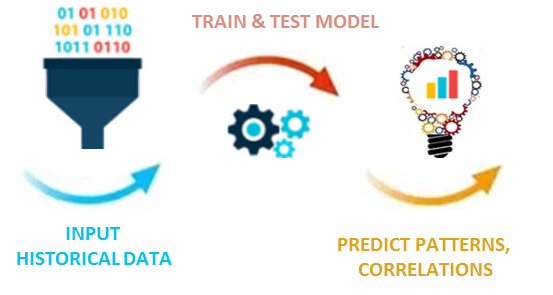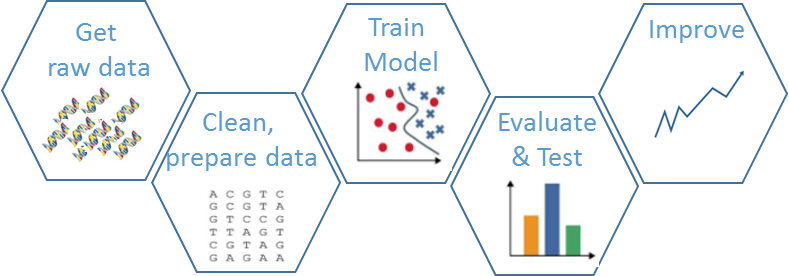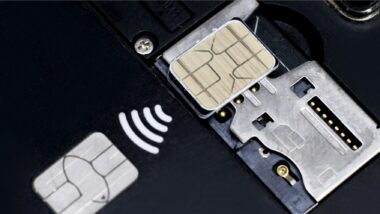As we’ve covered before on the blog, Mobile Marketing is widely used now by many different actors, which is great to see, but it is still difficult to send personalized interactions and specifically tailored offers to the end-users. Consequently, threshold limits of campaign responses/acceptance rates tend to be relatively low.
To overcome this threshold and boost campaign success rates, it is crucial to get to know our customers and targets more deeply and take careful note of their purchasing habits, their wider interests and preferences. From here we can then put forward offers that are highly relevant to them. This is why using machine learning is a key tool and will help marketers improve their #DeepLearning by turning raw data into valuable insights.
But what exactly is #MachineLearning?
Often referred to as a subset of Artificial Intelligence, it’s much more accurate to think of Machine Learning as the current state-of-the-art technology in play right now.
What is the difference between AI, machine learning and deep learning?#AI #MachineLearning #DeepLearning #BigData #ML #DL #tech https://t.co/xLwqJjjR0g pic.twitter.com/1ru2Bou1BV
— AI (@DeepLearn007) January 15, 2018
In other, simpler words, Machine Learning is about building/recognizing patterns on historical data to deliver predictions.
In Mobile Marketing, Machine Learning algorithms can learn some properties of previous mobile marketing campaign results, and then apply these to predict the #NextBestOffer for the end users.

Broadly speaking, the key objective any marketers would like to reach with their Mobile Marketing Campaigns is an improvement in the acceptance rate of their campaign by predicting the rating a user would give to an offer. Of course, this isn’t easy.
So, how can they reach this objective? The answer, as you may have guessed, is using a Machine Learning technique called a Recommendation System. This is an information filtering system that builds predictions based on historical data of previous campaigns. The system works through three different techniques.
Recommendation System techniques

- Collaborative filtering: Automatic predictions about the interests of a user by collecting preferences from many users (collaborating). Underlying assumption is that if a person A accepts the same offer as a person B, A is more likely to behave like B for another offer than that of a randomly chosen person.
- Content-based filtering: Automatic predictions based on the item content (price, …) or user content (age, gender, …)
- Hybrid recommender systems: A mix of collaborative and content-based filtering
But how is this actioned? How does this begin, and what are the key steps to put in place such solution? Below, we’ve covered the most important stages of the process.

- 1 Acquire raw data from previous Mobile Marketing campaigns
- 2 Clean & manipulate the data
- 3 Train the model to set a weight for each “feature”
- 4 Test the model with the data
- 5 Improve/modify the model if needed
The model is what predicts the probability of a given user to accept a given offer.
The model can then adapt itself (learn) to make more precise predictions and act accordingly.
What are the key benefits marketers can expect?
> Improve the customer engagement and thus campaign acceptance rate
Machine learning can increase mobile marketing campaigns’ acceptance rate by more than 50%
We’ve found that Machine Learning can increase mobile marketing campaigns’ acceptance by more than 50%.
> Identify/prioritize automatically high-revenue generating offers and rationalizing the offers, cataloging accordingly
> Reduce operational costs thanks to the automation of the process, giving more time to your marketing team for creativity
>Send tailored and personalized offers to the end-users
>React automatically to complex customer behavior and react faster in case of customer behavior changes
How can the processes be improved?
Beyond campaign results, increasing sources of relevant data can boost model accuracy considerably. In short, the higher quality you put in (the greater number of relevant data sources you input), the higher your acceptance rate is. So, in the future, we can imagine adding other users’ insights and sources in our data lake to improve the efficiency of our predictive marketing tools, such as data coming from operators.
Whether you’re a mobile operator, retailer or a brand, we’d love to hear your views. Leave us your thoughts at @GemaltoMobile or in the comments below. And make sure to visit our dedicated pages for more information on mobile marketing for MNOs or retailers/brands.


